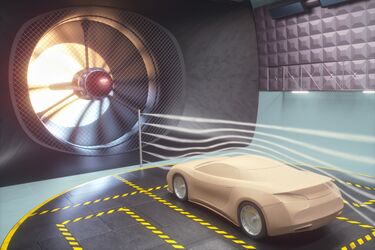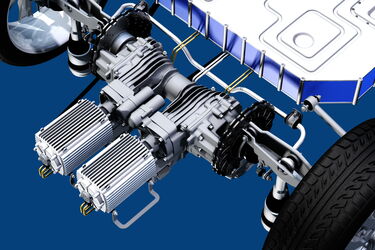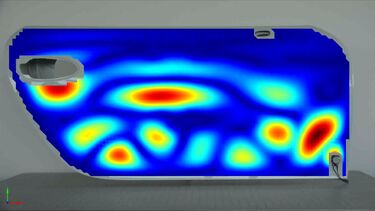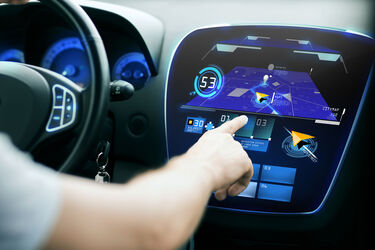The duration of product development processes from concept to series production is getting shorter and shorter. This is particularly the case in the automotive industry, where the switch to electromobility is accelerating change. New components and the use of lightweight construction require extensive vibration analysis.
Even though the mechanical properties of components and entire component groups are increasingly and more precisely examined by numerical simulations, experimental measurements of physical objects are still required to validate these calculations. Non-contact measurement techniques such as laser vibrometry have the advantage that they do not influence the vibrations of the components and deliver excellent results in a very short time with little effort.
The superior signal quality of the Optomet infrared technology produces the best possible measurement results even on poorly reflective surfaces. This makes the devices suitable for measuring any component, regardless of its material or optical reflectivity. The Optomet’s ease of use and powerful measurement capability reduces development time.
Whatever your non-contact vibration application, be it in the wind tunnel, on the rotation test rig, in the acoustics laboratory, for experimental modal testingor for the development of components such as sensors or drives, the Optomet team will be happy to assist you in selecting the suitable vibrometry solution and implementing it.

 SMART Scan+
SMART Scan+
 SMART 3D-Scan
SMART 3D-Scan
 SMART Full Body
SMART Full Body
 SMART Single+
SMART Single+
 SMART Multi-Fiber
SMART Multi-Fiber
 SMART 3D-Fiber
SMART 3D-Fiber
 SMART DAQ
SMART DAQ
 Software SMART Lab
Software SMART Lab
 Scanning Vibrometer
Scanning Vibrometer
 Vector-Series
Vector-Series
 Vector-Micro-Optics
Vector-Micro-Optics
 Nova-Series
Nova-Series
 Nova-Xtra
Nova-Xtra
 Fiber-Series
Fiber-Series
 Fiber-Multiplex
Fiber-Multiplex
 Fiber Micro Manipulator
Fiber Micro Manipulator
 OptoSCAN
OptoSCAN
 OptoGUI
OptoGUI
 Single-Point Vibrometers
Single-Point Vibrometers
 Scanning Vibrometers
Scanning Vibrometers
 3D-Laser Vibrometers
3D-Laser Vibrometers
 Acoustics & Ultrasonics
Acoustics & Ultrasonics
 Aerospace and aviation
Aerospace and aviation
 Automotive
Automotive
 Biology & Medicine
Biology & Medicine
 Brake noise
Brake noise
 Civil Engineering
Civil Engineering
 Electronics & Household Devices
Electronics & Household Devices
 Materials Research
Materials Research
 Medical technology
Medical technology
 Tools & Machinery
Tools & Machinery
 Turbine
Turbine
 Wind tunnel testing
Wind tunnel testing






